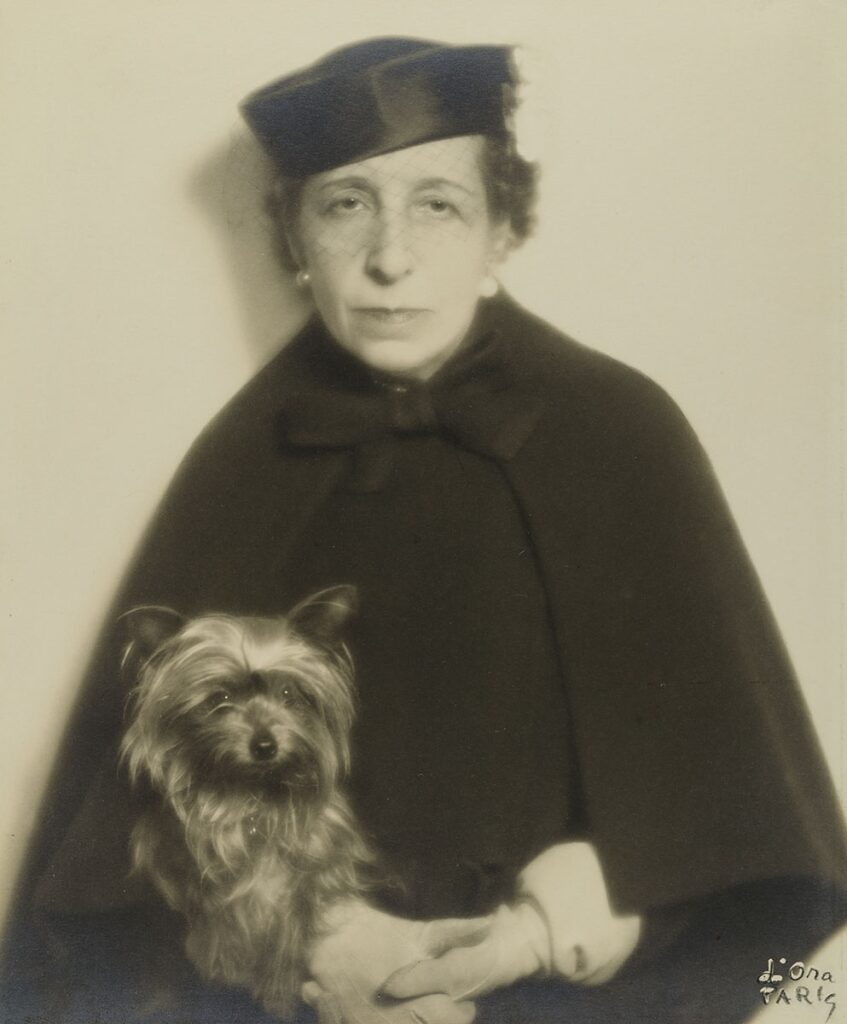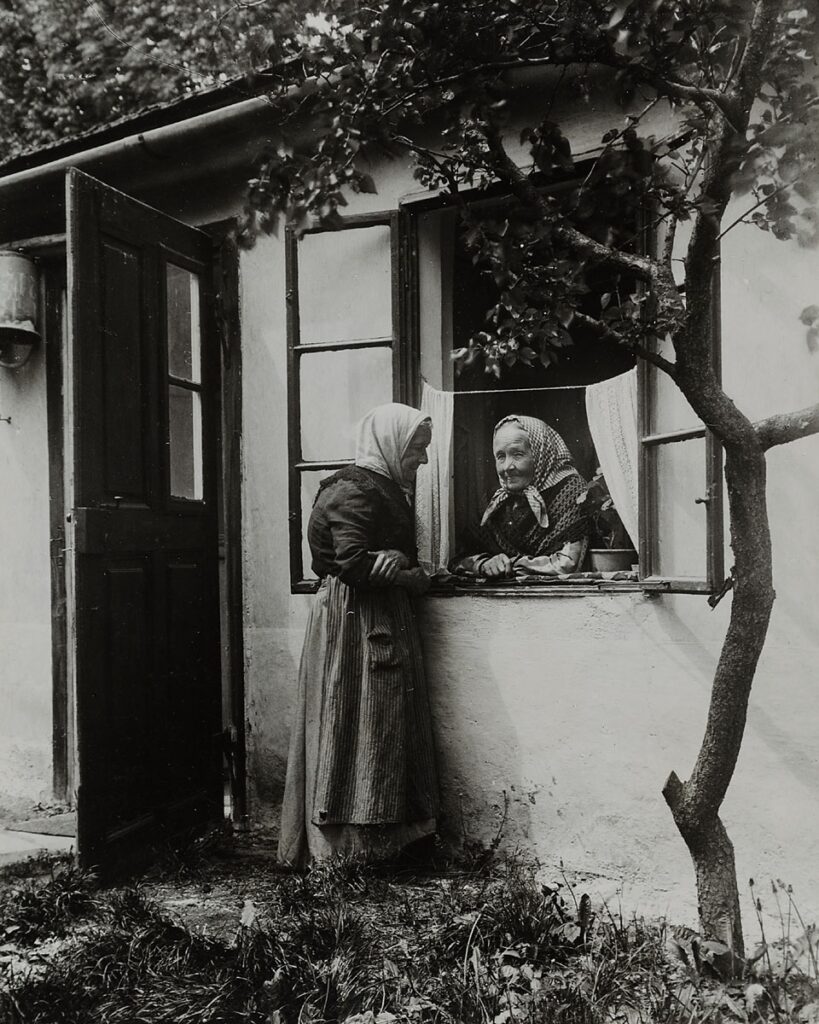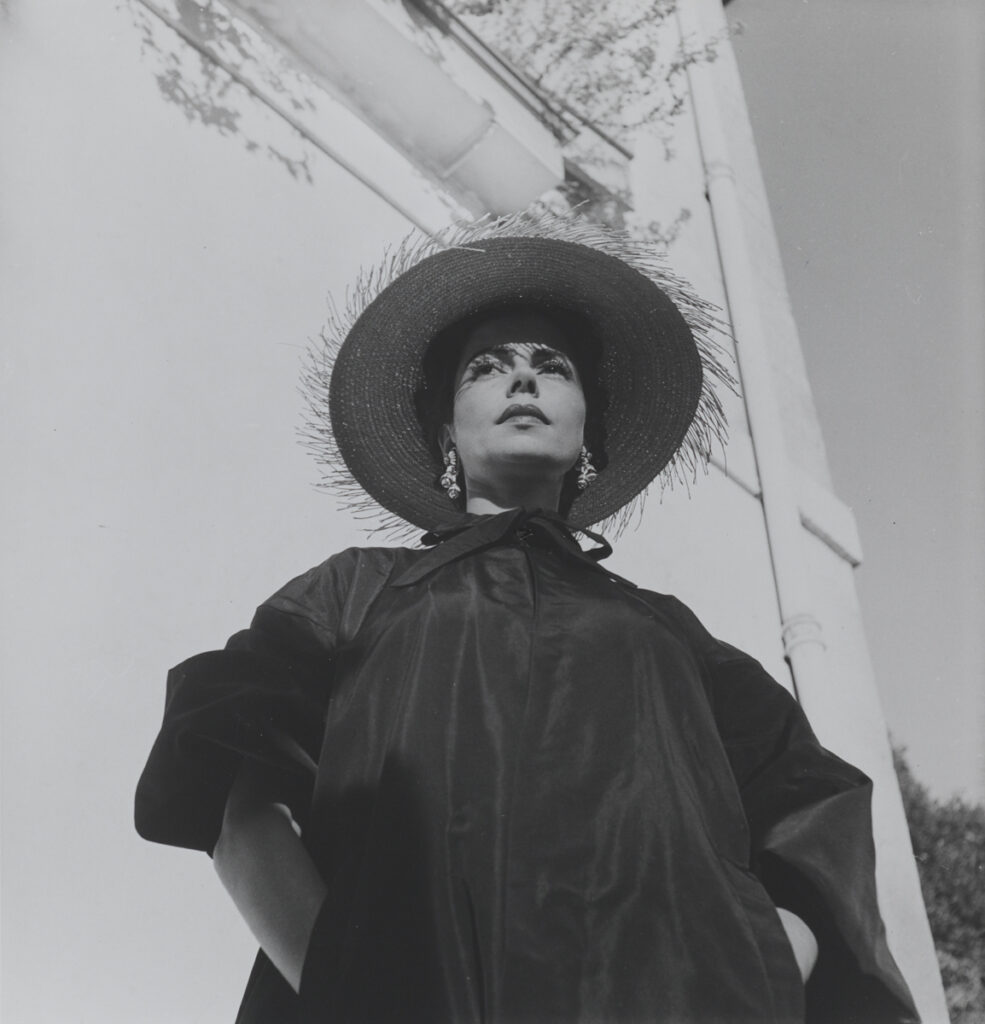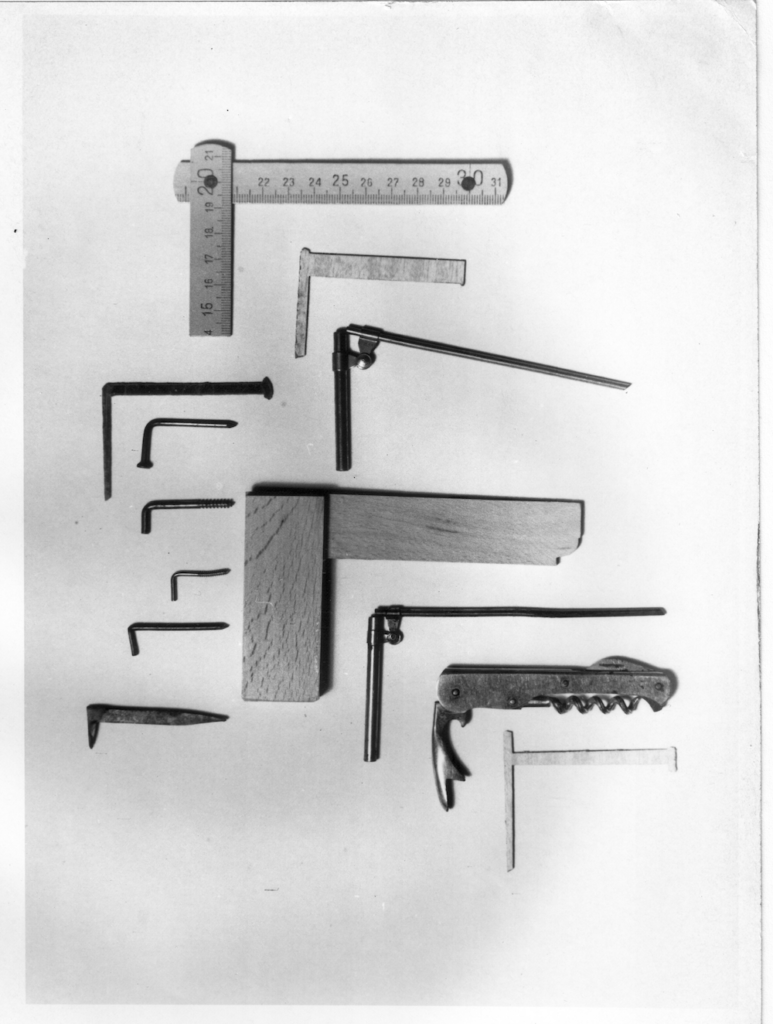5 Historical Heroines born in March
Here are five women in photography to celebrate this month…
Jane Bown CBE born 13th March 1925
After studying photography at the Guildford School of Art in 1946-1949, Jane Bown (1925-2014) began working as a wedding photographer before being given an assignment with The Observer newspaper.
It was a partnership that would last over 60 years and lead to her photographing the notable figures of British culture, politics and royalty. Her first assignment was the iconic portrait of philosopher Bertrand Russell from December 1949, now in the National Portrait Gallery.
Jane was celebrated for capturing her subjects’ unguarded, authentic selves – such as the wounded Orson Welles in 1951, battling critics and divorce, and the youthful ease of Beatle John Lennon in an East Ham dressing room in 1963.
She was equally confident photographing indoors or out, catching dramatist Samuel Beckett off-guard outside the Royal Court Theatre in 1976, and the duplicitous Sir Anthony Blunt (1907–83), fifteen years before his unmasking as a Soviet spy.
Mary Ellen Mark born 20th March 1940
After graduating in Fine Arts from the University of Pennsylvania, American portraitist Mary Ellen Mark (1940-2015) travelled the world, photographing a variety of cultures, from sex workers and circus performers to mental health patients, using black and white. Her most important works include photographs of street kids in Seattle.
Notably, her series Streetwise included Tiny, a 13-year-old girl whose life she documented and photographed for 32 years. Mary chose to photograph women at the most vulnerable and unseen moments of their lives and her social commentary has had enormous social impact.
Dora Kallmus (aka Madame Dora) born 20th March 1881
The most famous of the Viennese pre-war female photographers, darling of the aristocracy and Viennese society, Dora Kallmus (1881-1963) was born into a family of Jewish intellectuals in 1881.
She was the first woman photographer in Vienna to open her own studio in 1909 and as she was barred from receiving technical training in photography, she was assisted by her business partner Arthur Benda who did all the darkroom work while Dora did the lighting, posing and marketing.
Dora moved to Paris in 1925, at the invitation of fashion industry magazine L’Officiel to photograph the haute couture collections. When the Nazis seized control of Paris in 1940, she was forced to close her studio. Dora spent the war years hiding in Ardeche and most of her family perished in the Chelmno concentration camp.
Her post-war work reflected these tragedies, becoming dark and thoughtful, with a series on displaced persons for the UN and personal studies of the slaughterhouses of Paris.
Ilse Bing born 23rd March 1899
Frankfurt born photographer Ilse Bing (1899-1998) pursued an academic career before she began using photography to illustrate her doctoral History of Art thesis on Architecture. She bought a Voigtlander camera in 1928 and began to teach herself photography. The following year she bought a Leica, the revolutionary 35mm hand-held camera that enabled her to capture movement. She worked as a photojournalist for the German magazine, Das Illustriete Blatt. Commissioned to photograph the Frankfurt housing projects, Ilse used the ‘new photography’ style of extreme angles, modernist framing, and deep shadows.
Moving to Paris in 1930, she started being published in L’Illustration, Le Monde Illustré and Regards, and from about 1932, in fashion magazines Vogue and Harper’s Bazaar. She photographed the Moulin Rouge and the theatre, capturing the movement and energy of the times, and was among the first to use solarisation – photographing at night using sensitive film and an electronic flash. She fled France in 1941 with the help of Harpers Bazaar.
Běla Kolářová born 24th March 1923
Běla Kolářová (1923 – 2010) was a unique and pioneering self-taught artist, a proponent of abstract Czech photography of the Cold War avant garde. From 1961 she aligned with the progressive art movement Kriovatka (Crossroads) which rejected Soviet-sanctioned Socialist Realism.
Through her oeuvre, Běla pioneered a conceptual art which bore witness to the discarded, intimate everyday objects of people’s lives. She fused her affinity for small domestic objects and geometrical composition into a challenge to mainstream photography, developing her style over the 60s, 70s, and 80s into a new abstract contemporary form and a feminist doctrine. She created her camera-less radiograms or ‘artificial negatives’ by pressing objects like fish scales, vegetable peel, and fabric into layers of paraffin on small pieces of cellophane, projected onto light-sensitive paper.
Běla went into exile in Paris in 1985 and was blacklisted by the state, only returning to Prague in 1999. Although her work has been overshadowed by that of her husband, the influential Czech artist and poet Jiri Kolar, Běla has been the subject of the renewed attention in abstraction in recent years.
















